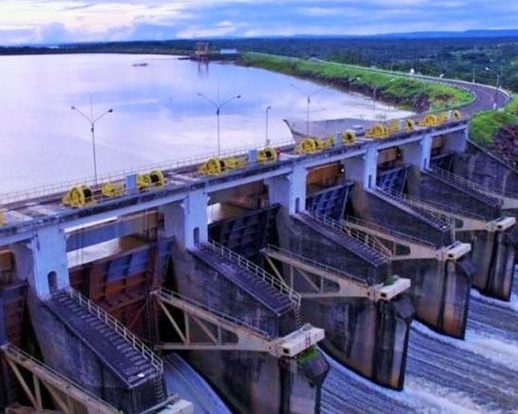
Photo: Julio Borges / Chesf

The São Francisco Hydroelectric Company (Chesf) said in a statement that its hydroelectric plants are fully operational and will, in the coming months, ensure an average of 7,000 megawatts of clean energy for the National Interconnected System (SIN). The figure is a company generation record that hasn’t been reached since 2012.
According to the company, the northeastern region produced an average of 20,000 MW. Of this total, Chesf shares about 35%, adding its own hydroelectric and wind farms.
The Boa Esperança Reservoir, on the Parnaiba River, for example, contains 67% of its useful volume. The Sobradino Reservoir (BA), the largest in the Northeast, contains 41%, an indicator that the company’s management considers positive.
According to Operations Director, Joao Henrique Franklin, the Sobradino tank can contribute to hydraulic generation at SIN. In the southeast of the country, reservoirs add up to 17% of the useful volume, in the most densely populated and with the highest consumption.
“The northeast region went through a very severe water crisis from 2013 to 2018 and in that period we received power from the south and southeast regions of the country. This time, the northeast is exporting energy. This characteristic of the national interconnected system is very important for supplying the country with electricity.”
Joao Franklin emphasized that the current crisis is mainly related to water, and currently, the Brazilian energy matrix is 60% hydraulic. For the manager, ramping up diversification of the energy matrix and sending out thermoelectric plants more frequently are some of the lessons learned from the current energy crisis.
With information from Chesf
[email protected]
